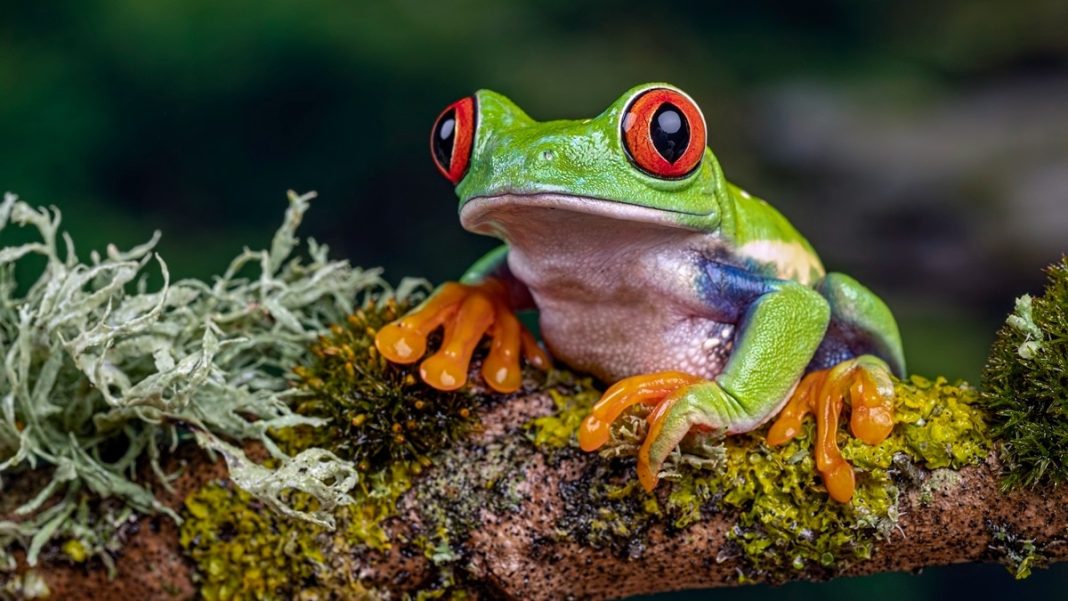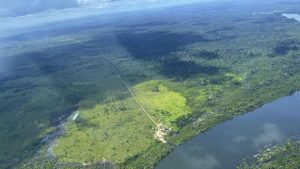Extinction Rates Have Slowed, But Habitat Loss Remains Critical Threat
New research challenges the widespread belief in an ongoing sixth mass extinction, revealing that global extinction rates actually peaked around 100 years ago and have since declined.
Key Findings
- Extinction rates for plants, arthropods and land vertebrates peaked a century ago
- Past extinctions were largely driven by invasive species on islands
- Current threats have shifted to habitat loss on mainland ecosystems
- Conservation efforts over the last century have helped slow extinction rates
Research Methodology and Findings
University of Arizona scientists Kristen Saban and John Wiens analyzed nearly 2 million species over 500 years. Their study, published in Proceedings of the Royal Society B, found extinction rates are not rapidly accelerating as previously thought.
The research revealed a significant shift in extinction patterns. While islands experienced extinctions from invasive predators introduced by humans, continental species now face greater threat from habitat destruction.
Changing Threat Landscape
Researcher John Wiens cautioned that “past extinctions are weak and unreliable predictors of the current risk…because the drivers are rapidly changing, particularly with respect to habitat loss and climate change.”
The team found no evidence of increasing extinctions due to climate change in recent centuries, though they acknowledged climate remains a future threat. Analysis of IUCN threat data shows most currently endangered species are mainland species facing habitat loss.
Not a Call for Complacency
Lead researcher Kristen Saban emphasized the study doesn’t diminish the seriousness of biodiversity loss. Instead, she advocates for accurate science to better understand and address ongoing species declines.
The findings highlight both the urgent need to tackle habitat destruction and the progress made through conservation efforts over the past century.





